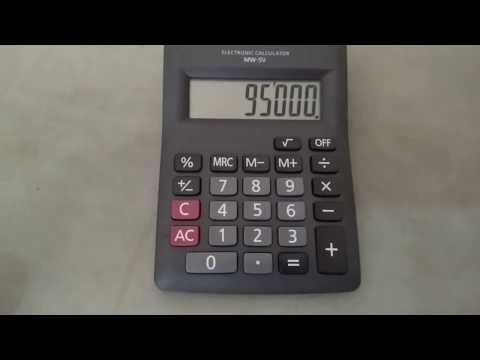
Make sure you select Undeposited Funds from the “Deposit To” drop-down menu, then save the transaction. In order for your financial statements to be accurate for the year, you need to record the payment as being received on Dec. 31. However, the payment will not clear your bank until Jan. 2 of the next year, at the earliest. In simpler terms, it’s a holding account for the money you have received and intend to deposit, but you haven’t deposited yet.
Reconcile Your Accounts
This step involves reviewing all transactions to confirm that the funds can i get the last 3 months banking statements from an atm awaiting deposit match the actual amounts received. It helps to reconcile any inconsistencies and prevent errors in financial reporting. Take your time to verify the details before finalizing the clearing of undeposited funds to maintain the integrity of your accounting records. Cleaning up undeposited funds in QuickBooks Online is essential to ensure accurate accounting records and maintain financial transparency. Therefore, it’s crucial for businesses to diligently record all deposits to maintain the integrity and precision of their financial records. It strengthens the ability to analyze cash flow and monitor the financial health of the business by providing a more accurate representation of bank deposits.
Step 5: Review and Finalize the Bank Deposit
This process also plays a vital role in ensuring that the company’s financial statements accurately reflect its true financial position, which is essential for decision-making and compliance purposes. Therefore, regularly comparing undeposited funds to bank deposits is an integral part of effective financial management. We began by explaining what undeposited funds are and why it’s essential to clear them regularly. Undeposited funds act as a temporary holding account for customer payments, providing a streamlined approach to manage cash flow and simplify your bookkeeping process. You have successfully cleared undeposited funds in QuickBooks Online, maintaining accurate financial records and streamlining your bookkeeping process. Regularly performing this task will keep your records up to date and contribute to a clear and organized financial picture of your business.
Doing this does result in an additional step, but memorizing one way of recording payments is easier than having to remember multiple processes. Pay close attention to the deposit amount and the account to which it is assigned. Make any necessary adjustments or additions to the transaction to ensure it aligns with your bank statement. If you come across any payments that should not be included in this particular deposit, leave them unchecked for global accounting standards now.
What to Do if You Encounter Unreconciled Transactions in Undeposited Funds Account?
By utilizing undeposited funds, you can ensure that all your customer payments are properly recorded and matched with the corresponding bank deposits. This helps examples of flexible budgeting to maintain accuracy in your financial records and simplifies the reconciliation process. This process involves a thorough review of all transactions to pinpoint any discrepancies or errors, followed by making the necessary journal entries to rectify them.

- Regularly reconciling the Undeposited Funds account with the bank statement can help in detecting and rectifying any inconsistencies.
- This crucial process requires an in-depth review of financial records, such as bank statements, receipts, and transaction logs, to pinpoint discrepancies or omissions.
- These funds serve as a temporary holding account and allow for grouping multiple payments together before depositing them into the designated bank account.
- This comparison is essential for maintaining accurate records and financial reconciliation.
- Using this Undeposited funds feature is going to be an important part of your workflow if you use an external processing service or have some wait time depositing your money.
- Banks often combine all the payments you deposit into a single transaction.
Select the payments you want to include in the bank deposit by checking the boxes next to them. This feature is particularly useful if you receive multiple payments throughout the day or week and want to group them together for a single bank deposit. Instead of creating individual deposits for each payment, undeposited funds allow you to consolidate and record them together in one transaction.
Double-check the selected payments and their corresponding amounts to ensure accuracy. Review any additional fields in the bank deposit form, such as payment method or reference numbers, and fill them out as needed. In the bank deposit form, you will see a list of all the payments currently stored in your undeposited funds account.
Organize your transactions by grouping them based on common criteria, such as payment dates or customer names. This can help streamline the process of selecting payments in the next step when creating the bank deposit. If you notice any discrepancies or errors in the records, such as duplicate payments or incorrect amounts, take the necessary steps to resolve them. This may involve deleting or correcting transactions, contacting the customer for clarification, or reaching out to your accountant for guidance. Take some time to familiarize yourself with how undeposited funds function in QuickBooks Online.
This comparison is essential for maintaining accurate records and financial reconciliation. This process helps to align the recorded transactions with the actual deposits into the bank account, thus ensuring that all received funds are accurately reflected in the financial statements. By reconciling undeposited funds, businesses can avoid discrepancies between their internal records and the bank statements, providing a reliable basis for decision-making. It starts with reviewing the undeposited funds account to identify any transactions that need to be cleared. Then, you must create deposits for the funds to be correctly accounted for.
